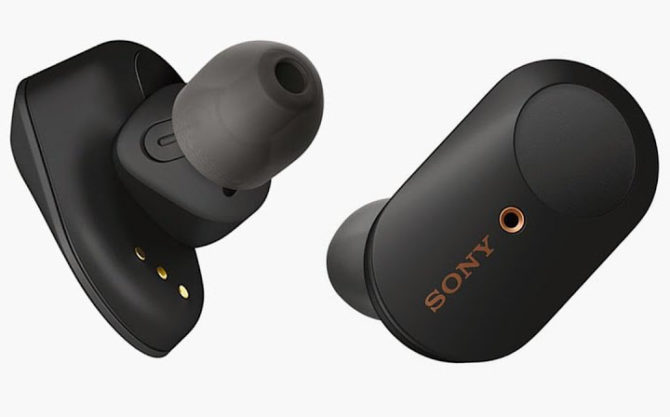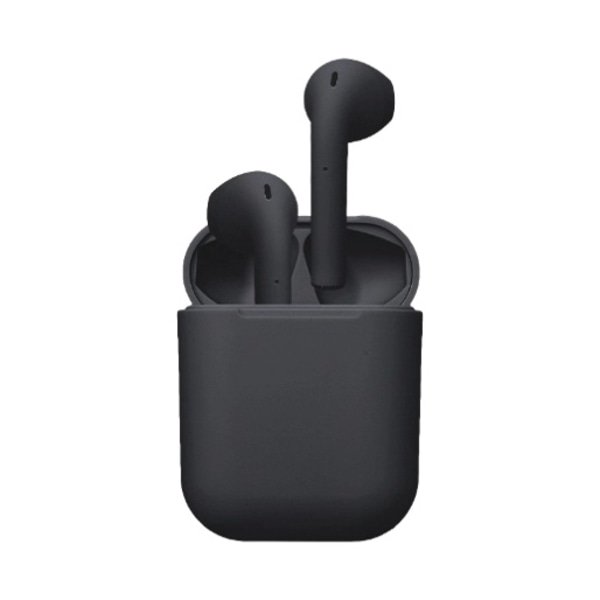Wireless earbuds are your best friend, whether you’re on your commute, going for a run, or hitting the gym. A common misconception is that wireless earphones are not going to match the quality of the very best over-the-head headphones. This poor opinion was understandable when connectivity and battery life were issues.
However, both wireless transmission standards and battery technology have improved to the point that they are no longer downsides, making it possible for the average listener to enjoy the benefits of wireless earbuds without experiencing any of the past frustrations.
Of course, all that said, you probably still want to know which brands are best. There are plenty of companies competing for the top spot, including RHA, Jaybird, and big players like Apple.
I put together this review to help you choose the best wireless earphones for your needs. I’ve compiled a list of the best of them below for your quick reference. If you’d like to read a little more just check their reviews below. There’s also a short buyer’s guide at the end.
Best Wireless Earbuds 2020
1. Sony WF-1000XM3 True Wireless Earbuds
2. Cambridge Audio Melomania 1
3. Sennheiser Momentum True Wireless
4. Apple AirPods Pro
5. Beats PowerBeats Pro
6. Anker Soundcore Liberty Air 2
7. RHA TrueConnect
8. Jaybird Vista
9. Jabra Elite 65t
10. Jabra Elite 75t
Review: Sony WF1000XM3
If this article was all about the design of a model, then the Sony WF-1000XM3 earphones would be the clear winner. They aren’t bulky or dorky and they’re pretty light, fitting very comfortably in the ear. The charging case is smart, has a copper lid, and there are magnets in place to hold the headphones down. The case, as might be expected for cases to true wireless earbuds, also happens to be a rechargeable battery pack for the earbuds, allowing you to extend their practical lifespan.

These earphones are the successors to the Sony WF1000X that launched in 2017. They improve on the predecessor in a number of ways. The noise cancellation and sound quality are better. The comfort is superior, and the fit is tight. The box also comes with a large variety of foam and non-slip rubber covers so you can find whichever fits you most comfortably.
These earbuds have Bluetooth NFC pairing, which is a huge win. They also have the usual audio processing controls that Sony is known for, such as DSEE HX, and support for Google Assistant. You can also do hands-free voice calls.
If you want to be able to make changes to the EQ settings, that’s possible via the app. And of course, they also have physical controls for play/pause and skip. For volume control, however, you’ll have to go through the app. They also have a proximity sensor that lets them know when you wear them and when you take them off. If you take even one off the music will conveniently pause. A Quick Attention mode is also available on the right earbud that allows you to let in ambient sound by touching the earbud.
Unfortunately, these wireless earphones don’t support the LDAC Bluetooth extension from Sony or aptX HD. The audio processor is also only a mere 24-bit, instead of the 32-bit found in their over-ear cousins, the WH-1000XM3 headphones.
When it comes to performance, the 6mm driver does quite well, showing great rhythm and clarity. The soundstage is quite wide and the detail is deep. The mid-range is smooth. The high frequencies are also positively clear and the bass is reasonable, though not very deep.
The noise-canceling feature on the WF-1000MX3 is also pretty good. It’s actually the same noise cancellation engine as the WH-1000XM3, though it’s not directly comparable. That said, the feature works perfectly for daily commutes, with very high noise suppression. In fact, with the Active Noise Cancellation activated, I practically couldn’t hold a conversation with anyone. That said, they don’t do so well in airplane cabins. So ground commutes are probably best.
The battery life of these earbuds makes them way ahead of their competition, even from big name brands such as the Apple AirPods. They will give you 6 hours of playtime when fully charged. Switch noise cancellation off and they’ll go even longer. There’s also a quick charge mode on the charging case, which gives you 90 minutes’ worth of charge after just 10 minutes of charging. A USB-C cable will charge the case to full capacity in 3 hours



